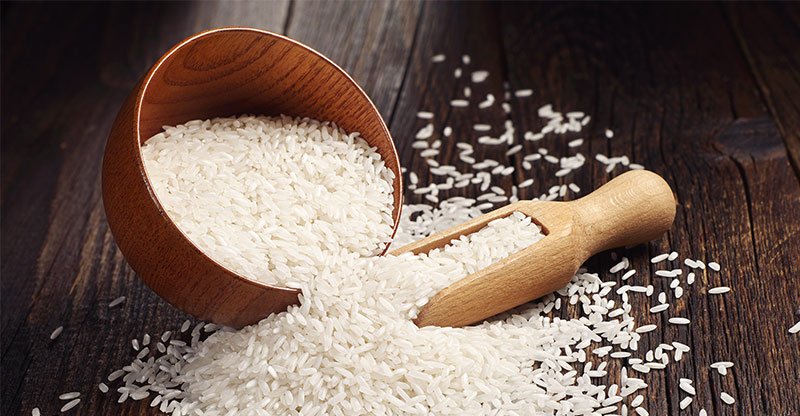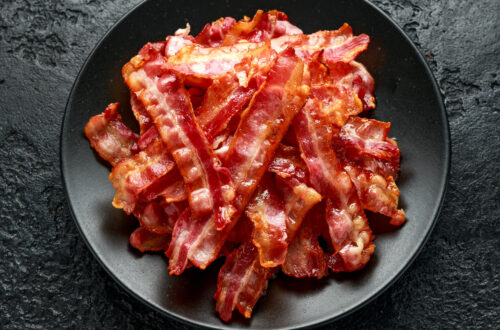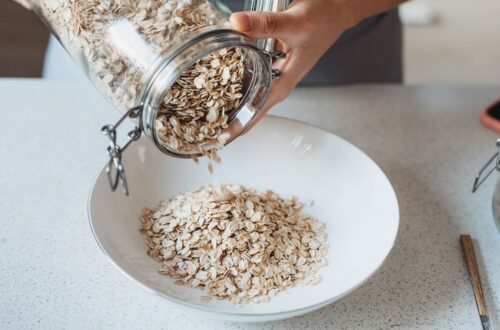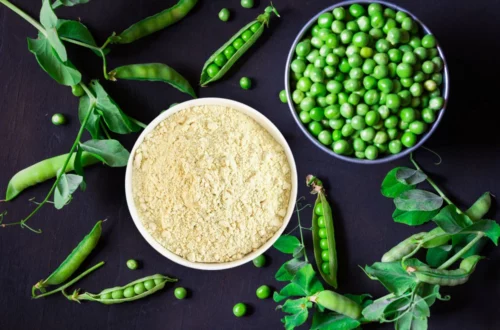Understanding Rice
What is Rice?
Rice is a cereal grain harvested from the seed of the Oryza sativa or Oryza glaberrima plants. It is one of the most widely consumed grains globally and serves as a primary food source for a significant portion of the world’s population.
Types of Rice
Rice comes in various types, each with its own unique characteristics and culinary uses. Some common types of rice include:
- White Rice: The most commonly consumed type of rice, with the outer hull, bran, and germ removed during processing, resulting in a polished, white grain.
- Brown Rice: Whole grain rice that retains the bran and germ layers, providing more nutrients and fiber compared to white rice.
- Basmati Rice: A long-grain rice variety known for its distinct aroma and fluffy texture, commonly used in Indian and Middle Eastern cuisine.
- Jasmine Rice: Another long-grain rice variety prized for its fragrant aroma and slightly sticky texture, popular in Southeast Asian dishes.
- Arborio Rice: A short-grain rice variety used primarily in Italian cuisine, particularly for making risotto due to its high starch content.
- Wild Rice: Not technically a type of rice but a species of grass, wild rice has a nutty flavor and chewy texture, often used in salads, soups, and pilafs.
Is Rice Gluten-Free?
Gluten-Free Status of Rice
Rice, in its natural form, is inherently gluten-free, making it safe for individuals with celiac disease or gluten sensitivity to consume. Unlike wheat, barley, and rye, which contain gluten-forming proteins, rice contains proteins that do not trigger adverse reactions in gluten-sensitive individuals.
Potential for Gluten Contamination
While rice itself is gluten-free, there is a risk of cross-contamination with gluten-containing grains during processing, storage, and transportation. To minimize this risk, it’s essential to choose certified gluten-free rice products, particularly if you have celiac disease or severe gluten sensitivity.
Nutritional Benefits of Rice
Macronutrient Content
Rice is primarily composed of carbohydrates, with small amounts of protein and fat. Its macronutrient composition varies depending on the type of rice and processing method.
- Carbohydrates: Rice is a rich source of carbohydrates, providing energy for the body’s daily activities and metabolic functions.
- Protein: While not as protein-dense as other grains, rice still contributes to overall protein intake, particularly when consumed as part of a balanced diet.
- Fat: Rice contains minimal fat, making it a low-fat food option suitable for individuals watching their fat intake.
Micronutrient Content
In addition to macronutrients, rice also provides essential vitamins, minerals, and antioxidants, including:
- B Vitamins: Rice contains various B vitamins, including thiamine (vitamin B1), niacin (vitamin B3), and folate (vitamin B9), which play crucial roles in energy metabolism, nerve function, and red blood cell production.
- Minerals: Rice is a good source of minerals such as magnesium, phosphorus, and selenium, which are important for bone health, energy production, and antioxidant defense.
- Antioxidants: Certain types of rice, particularly colored varieties like brown and black rice, contain antioxidants such as phenolic compounds and flavonoids, which have been linked to health benefits such as reduced inflammation and improved heart health.
Cooking and Incorporating Rice into Your Diet
Cooking Methods
Rice can be prepared using various cooking methods, including:
- Boiling: The most common method, where rice is cooked in water until tender and fluffy.
- Steaming: Rice is cooked by steaming over boiling water, resulting in a light and fluffy texture.
- Rice Cooker: Electric rice cookers automate the cooking process, making it convenient to prepare perfectly cooked rice with minimal effort.
- Instant Pot/Multi-Cooker: Pressure cookers like the Instant Pot can also be used to cook rice quickly and efficiently.
Culinary Uses
Rice can be incorporated into a wide range of dishes, including:
- Main Courses: Rice serves as a staple base for main dishes such as stir-fries, curries, pilafs, and casseroles.
- Side Dishes: It can also be served as a simple side dish alongside grilled meats, roasted vegetables, or sautéed greens.
- Salads: Cold rice salads with vegetables, herbs, and dressing make refreshing and nutritious meal options.
- Desserts: Rice can be used in sweet dishes like rice pudding, rice cakes, and sweet rice dumplings in various cuisines around the world.
Frequently Asked Questions (FAQs)
Is rice safe for individuals with celiac disease?
Yes, rice is inherently gluten-free and safe for individuals with celiac disease to consume. However, it’s essential to choose certified gluten-free rice products to avoid potential cross-contamination with gluten-containing grains during processing.
Can rice be part of a low-carb diet?
While rice is relatively high in carbohydrates, there are lower-carb rice alternatives such as cauliflower rice or konjac rice that can be suitable for individuals following a low-carb diet. These alternatives provide similar texture and versatility to traditional rice without the carbohydrate content.
Is brown rice healthier than white rice?
Brown rice is considered healthier than white rice due to its higher fiber content, vitamins, minerals, and antioxidants. The bran and germ layers present in brown rice provide additional nutrients and contribute to better blood sugar control, digestive health, and overall nutrition compared to white rice.
Can rice be reheated safely?
Yes, rice can be reheated safely if stored and handled properly. It’s essential to store cooked rice in the refrigerator within two hours of cooking and reheat it thoroughly to an internal temperature of 165°F (74°C) to kill any harmful bacteria that may have grown during storage.
How much rice should I eat per serving?
The appropriate serving size of rice depends on various factors such as age, gender, activity level, and overall dietary preferences. As a general guideline, aim for about ½ to 1 cup of cooked rice per serving, adjusting portion sizes based on individual calorie needs and dietary goals.
Are there any risks associated with consuming rice?
While rice is generally safe for consumption, there have been concerns about potential exposure to heavy metals such as arsenic, which can accumulate in rice due to environmental factors. To minimize exposure, it’s advisable to choose rice varieties with lower arsenic levels, rinse rice thoroughly before cooking, and vary your grain intake as part of a balanced diet.
Can I eat rice if I have diabetes?
Yes, individuals with diabetes can include rice in their diet, but portion control and mindful choices are important. Since rice is a carbohydrate-rich food, it can affect blood sugar levels. Opting for whole grain varieties like brown rice, which contains more fiber and nutrients than white rice, can help mitigate blood sugar spikes and promote better glycemic control. It’s also essential to pair rice with lean protein, healthy fats, and non-starchy vegetables to create balanced meals that support blood sugar management. Monitoring portion sizes, spreading rice consumption throughout the day, and consulting with a healthcare provider or registered dietitian for personalized dietary guidance are recommended for individuals with diabetes.
In Conclusion
rice is indeed gluten-free, making it a safe and versatile option for individuals with celiac disease or gluten sensitivity. Its diverse varieties offer nutritional benefits, including carbohydrates for energy, essential vitamins and minerals, and antioxidants for overall health. While rice can be part of a balanced diet, it’s important to consider factors such as portion sizes, cooking methods, and pairing with other nutrient-rich foods to optimize its nutritional value and support dietary goals. With mindful choices and moderation, rice can be enjoyed as a delicious and nutritious component of a healthy eating pattern.
- What Is Better Than Tear Trough Filler? - May 31, 2025
- Profhilo Treatment Near Tandridge, Surrey - May 31, 2025
- Obagi Nu-Derm System Skincare Steps In Kingston Upon Thames Surrey London - May 31, 2025






